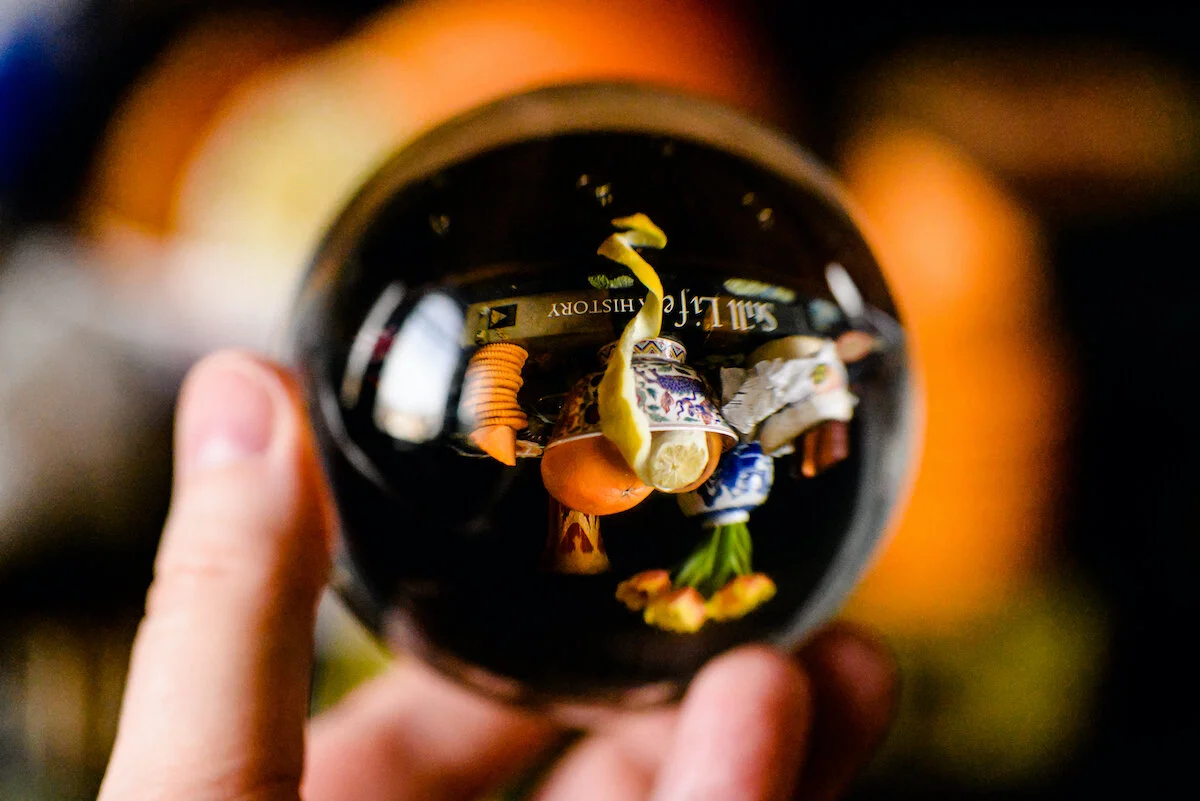Methodologies of Wonder
If you’re lucky you’ve had a good teacher or two in your life, and even luckier if they’ve stayed with you through your life, in one way or another. If you don’t have someone that you’ve met in person, unmet friends (ie. books and their writers) can be useful. This past week, I’ve felt my ongoing pandemic-related anger recede a little. And this is because of a few books I’ve been reading. I didn’t go looking for teachers, or teachings, per se, but I was drawn to wise voices.
Krista Tippett is someone whose wisdom is a great comfort to many of us. She led me to read the book Witness: Lessons from Elie Wiesel’s Classroom by Ariel Burger and it’s been good company this last week. Burger was a longtime friend and student of Wiesel, but in this book, in sharing that relationship, he’s also a teacher.
Wiesel was once asked if he felt hatred for the German people and replied, “You must turn hate into something creative, something positive. If you are a teacher you turn it into good teaching. If you write, turn it into good writing. Express what you feel and let the hate become something else. But do not hate.”
(I know I don’t have to tell my small audience this, but of course there is absolutely no comparison to be made between the holocaust and its horrors to our present day pandemic where we can follow health measures and self-isolate to be safe).
The relationship with Wiesel that Ariel Burger describes is enviable. He says that his professor “didn’t respond to my struggles with answers. Rather, he saw what I actually needed was someone with whom to share my questions, someone who would be with me without trying to fix things.” He describes Wiesel’s teachings in the classroom as a “methodology of wonder” which “has the potential to awaken students’ ethical and moral powers.”
At an earlier point in the book, the author comes to the professor with questions and is given this:
“We all ask questions, and we should. It is more dangerous if we do not. But perhaps you are not looking for answers. You are looking for responses to your questions, to your life, for ways to live rather than ideas to espouse. Answers close things down; responses do not.”
As I was reading chapters of the book by Ariel Burger, I would open and read some of Richard Wagamese’s One Drum. Though the loss of Richard Wagamese was a heavy one, his teachings go on in his writings. (If you haven’t read Indian Horse, it’s life changing).
Anyway, in One Drum, he says,
“When I was rediscovering the path to my Native identity after years of dislocation through foster homes, adoption, alcoholism and cultural denial, I often met people who gave me guidance in a traditional manner. It was my first introduction, really, to the principle that energy attracts like energy. I yearned for insight, knowledge and connection to myself, and the universe responded by sending the right people at the right times. They were teachers.”
He talks about walking by a river with Lorraine Sinclair. “I told her how discouraged I was. I told her that I wanted to be a force for change. I wanted a better world, not only for my people but for everyone.” Eventually, she retrieves a pebble and tosses it into the river, saying, “This is how you change the world.” They watch the ripples form and expand. “The smallest circles first,” she said.
Next, I picked up my copy of the Dhammapada.
“Conquer anger with non-anger;
conquer wickedness with goodness;
Conquer stinginess with giving,
and a liar with truth.”
Reading these works helped centre me this past week. I’m buoyed by the idea of a methodology of wonder and I want to sit with the idea of responses to questions rather than answers, how profound that is. I want to think, too, about getting back to the smaller circles first, since pretty much everything else seems out of my control. I want to get past anger and stinginess, though I know that is a constant endeavour these days. I want to get through it though to an inner peace.
Though I’ve quoted Dorothea Lasky from her book Animal before on what she learned from her dog, it bears repeating.
“What did my dog teach me about being human? To be gentle. To be gentle and wild and to be able to, but not to, bite everyone.”
And aren’t dogs always pretty wonderful teachers? The answers, really, are most often useful in the form of an example.
I want to think about how all of these teachers helped their students see things, the world differently, with just subtle nudges, a turning of an object by a few degrees. Or:
Last week I was setting up one of my usual still lifes, that practice. And at the end, I thought, oh, I wonder what it would look like in my photographer’s orb. I found the result to be delightful, and yes, wonderful. Seeing it upside down in the curve of the orb just made me go, huh! I guess I knew what I would probably see when I held up the orb, but still, I was surprised. And it reminded me that this isn’t such a bad lesson at all, a lesson in how we see things, how we understand them. I have so many questions, but rather than answers, this is a kind of response, isn’t it?







